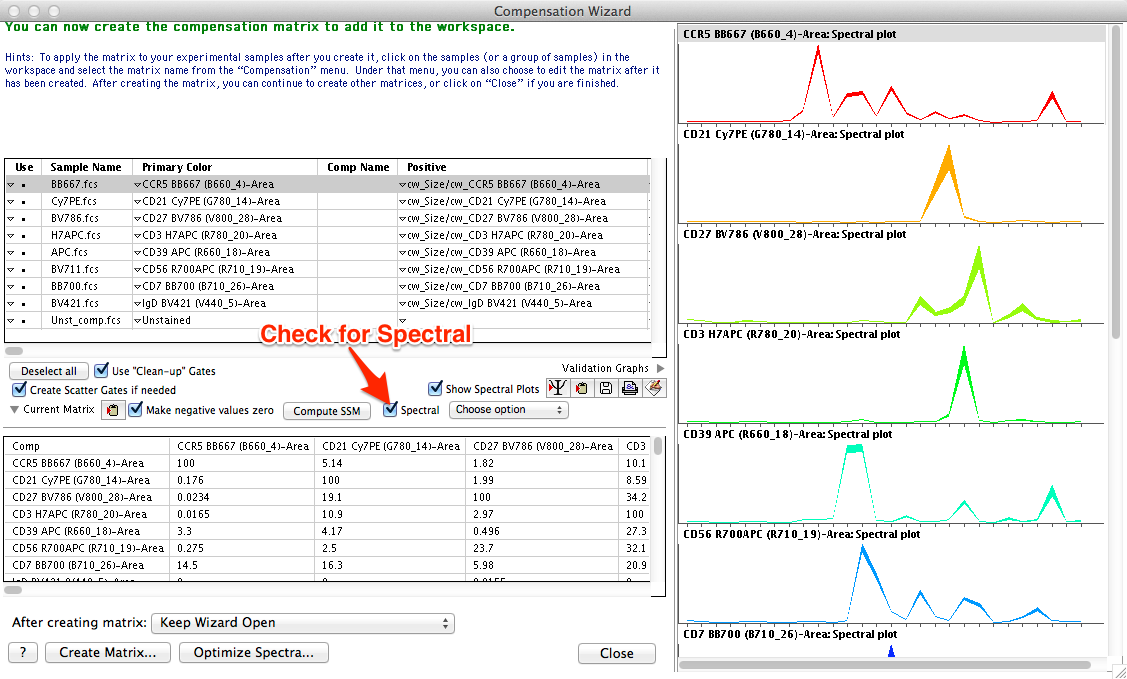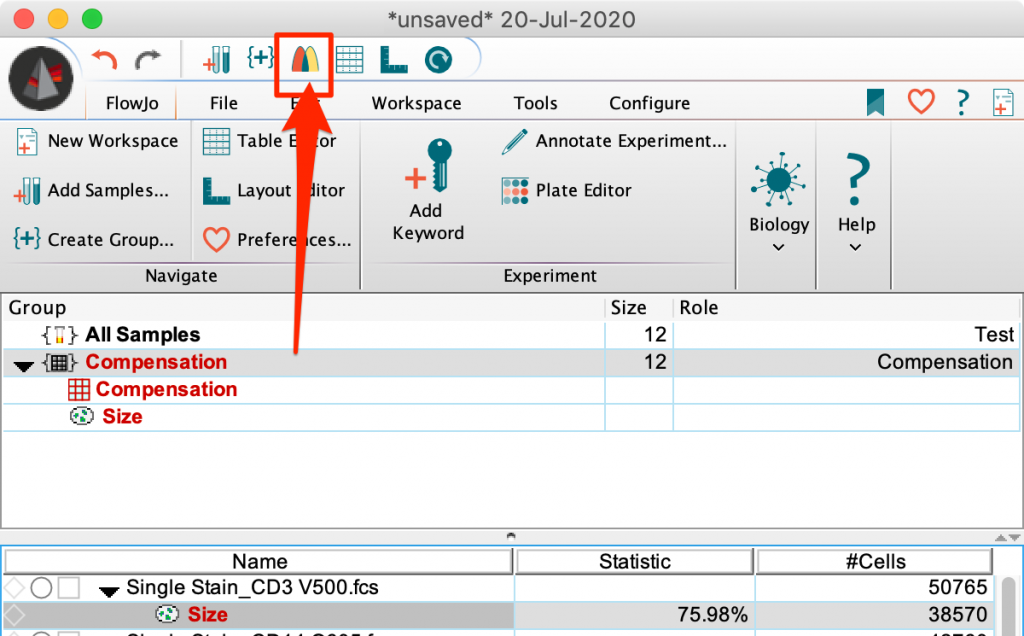

This is because the lower edges of the original gates may only extend down to small positive values (the original log scale) after transformation, many events may be in the negative value area and thus no longer within the gate.Whether compensation comes from your data as Acquisition-Defined, or is generated via FlowJo’s compensation wizard, the resulting matrix of values will be stored in XML in the FlowJo workspace document. *If gates are drawn on a sample before it is transformed, then the positions of the gates should be verified after adjusting any transform. For more information, please view our web document for an overview on transformation or for the benefits of using biexponential transformation, please click here. This setting can be adjusted in Data Scaling preferences. FlowJo will automatically transform your data upon import. Display Transformation (Biexponential Scaling)įlowJo can alter the graph to show data that are normally displayed against the axis. The T button will allow you to adjust transform settings, log/linear display and additional scale trimming (start/end point adjustments, or “zooming” ) by adjusting variables Starting Linear Channel and Number of Decades. Once data has been loaded into FlowJo, linear/log scaling adjustments should be done using the Transformation Button found in the graph window, adjacent to each parameter’s axis. These preferences can be adjusted in the Cytometer preference set. The factory default FlowJo preference is to show all fluorescence parameters in log and both side scatter and forward scatter in linear format.
#Flowjo compensation matrix import software
Since data exported from the BD FACSDiva software (except FCS2.0 files) is saved in linear format, the user must “tell” FlowJo if log scale display is desired. To edit the Acquisition matrix, double click the grid next to any sample to launch the matrix editor. In order to replace the previous matrix, simply apply the new one to the data file ( compensation). If you would like to view the uncompensated parameters just for a single experiment, click on the Display menu within the graph window and click “Show Uncompensated Parameters”.įinally, the Acquisition matrix can be edited or an entirely new matrix can be created and applied to the data files. Select the “Show Uncompensated Parameters”. If you would always like to see the uncompensated parameters in the graph window, click on the Graph preference set in the FlowJo preferences. Therefore, when you add the data files to a FlowJo workspace, they show up with a color grid (badge) beside them to indicate they have been compensated.Īnother benefit of FCS3.0 data is that uncompensated parameters can always be viewed. If the data was compensated during acquisition, this compensation matrix is included in the data file (in FlowJo, it is referred to as the Acquisition matrix).įlowJo will apply the Acquisition matrix to any data files that contain the embedded matrix. Import to FlowJoĭata exported from the BD FACSDiva software (except FCS2.0 files) is saved in linear (no log or biexponential scaling), uncompensated format.

However, the information lost with FCS2.0 data is rarely worth the minor increase in performance. FCS2.0 files will have less information than FCS3.0 or FSC3.1 data, so they may be faster. If you do not wish to use advanced compensation or biexponential transformation settings, then export your data as FCS2.0. Not all keywords modified after acquisition will be exported from Diva, but you can fix this by copying/pasting a spreadsheet of your keywords to label the data in FlowJo. Some of the older versions transposed the compensation matrix. Older BD FACSDiva versions – you may sometimes wish to export as Experiment. We highly recommend exporting as digital FCS3.0 data: 18 bit resolution (262,144 channels). Export from DivaĬurrent BD FACSDiva version 6.x can export data two ways “Export Experiment” or “Export FCS files”.

Did you acquire your data with BD’s FACSDiva software? Compensate during acquisition? No problem! FlowJo can read FACSDiva data files and apply the compensation matrix you used at the time of acquisition automatically.


 0 kommentar(er)
0 kommentar(er)
